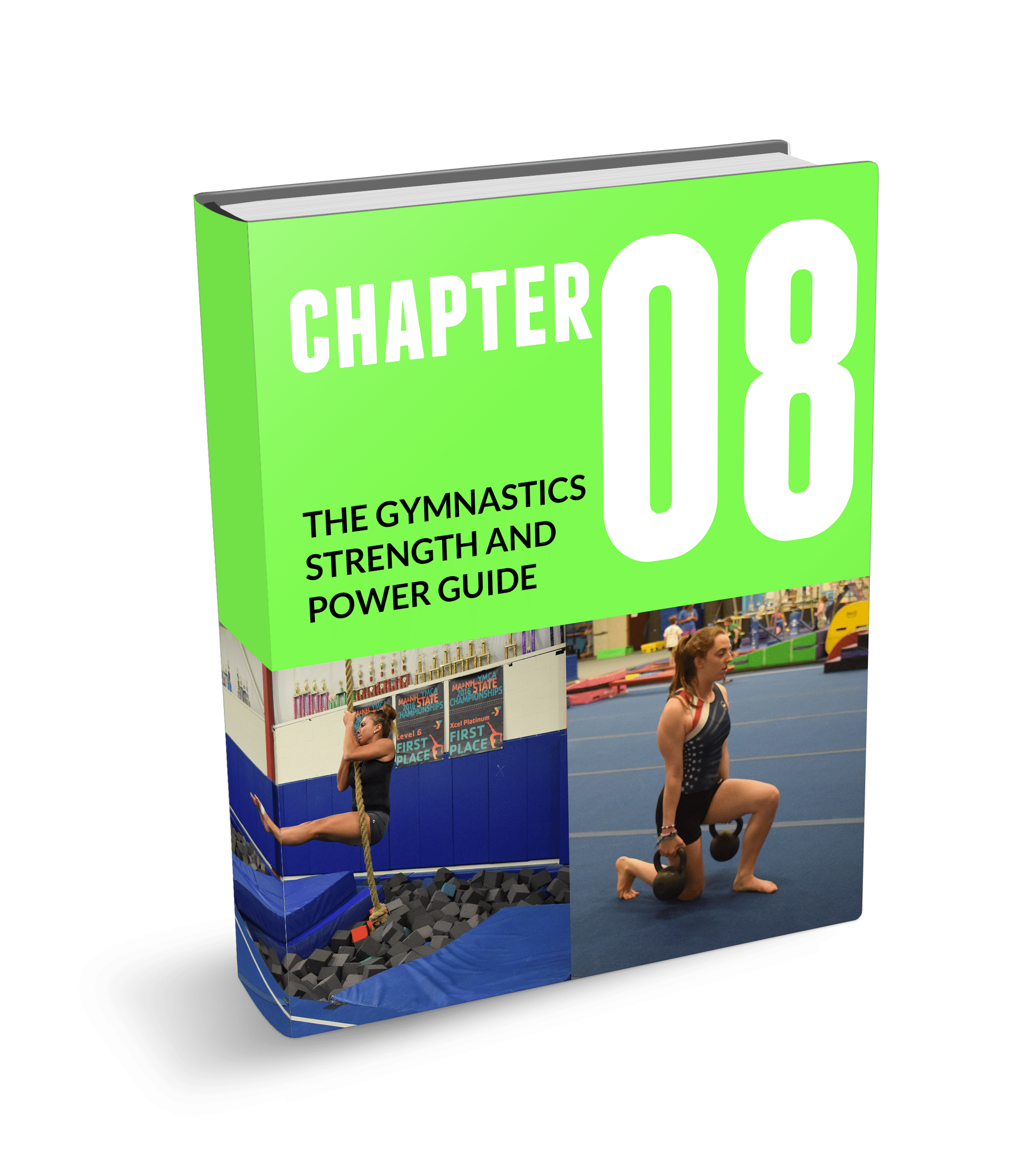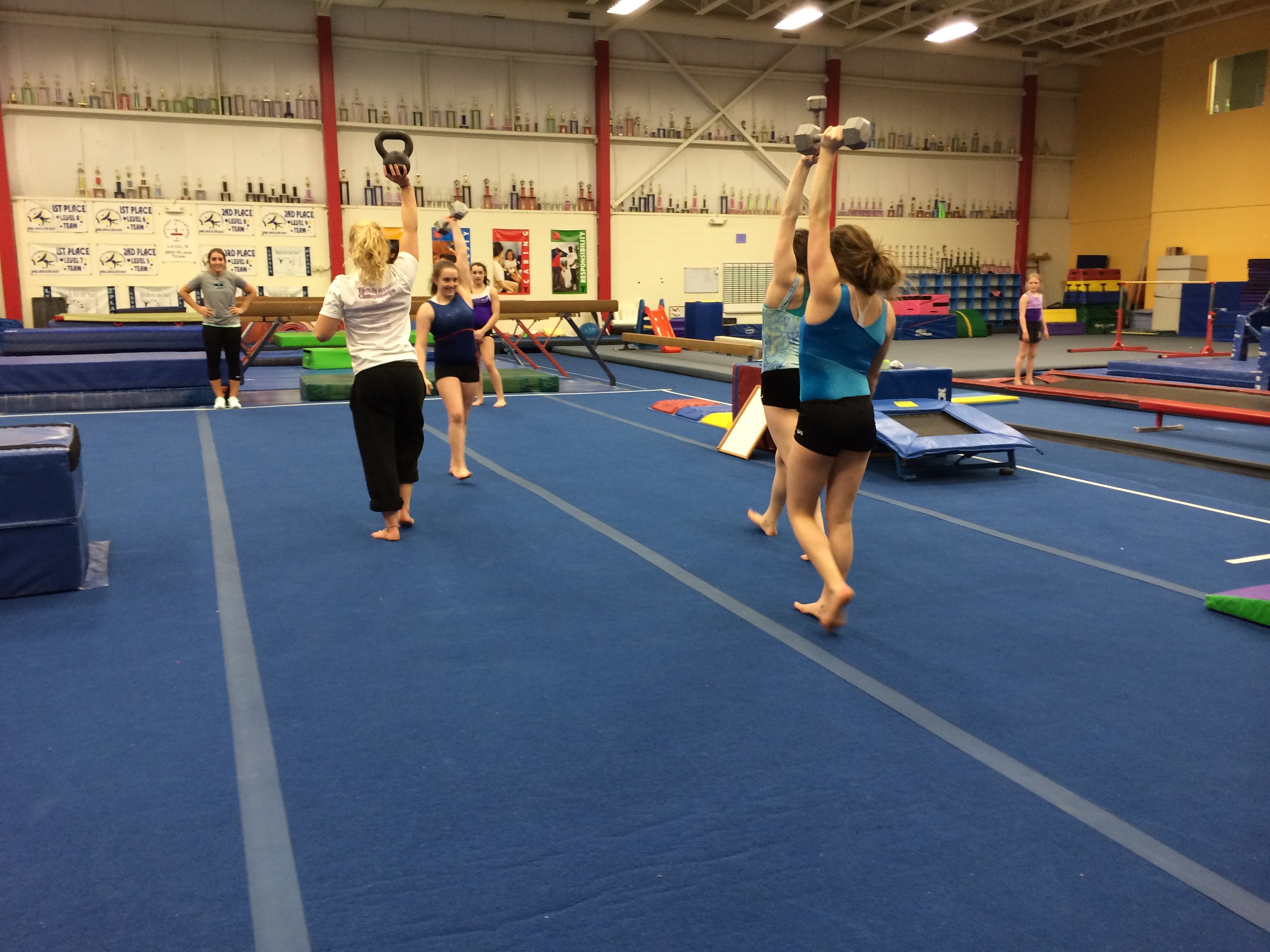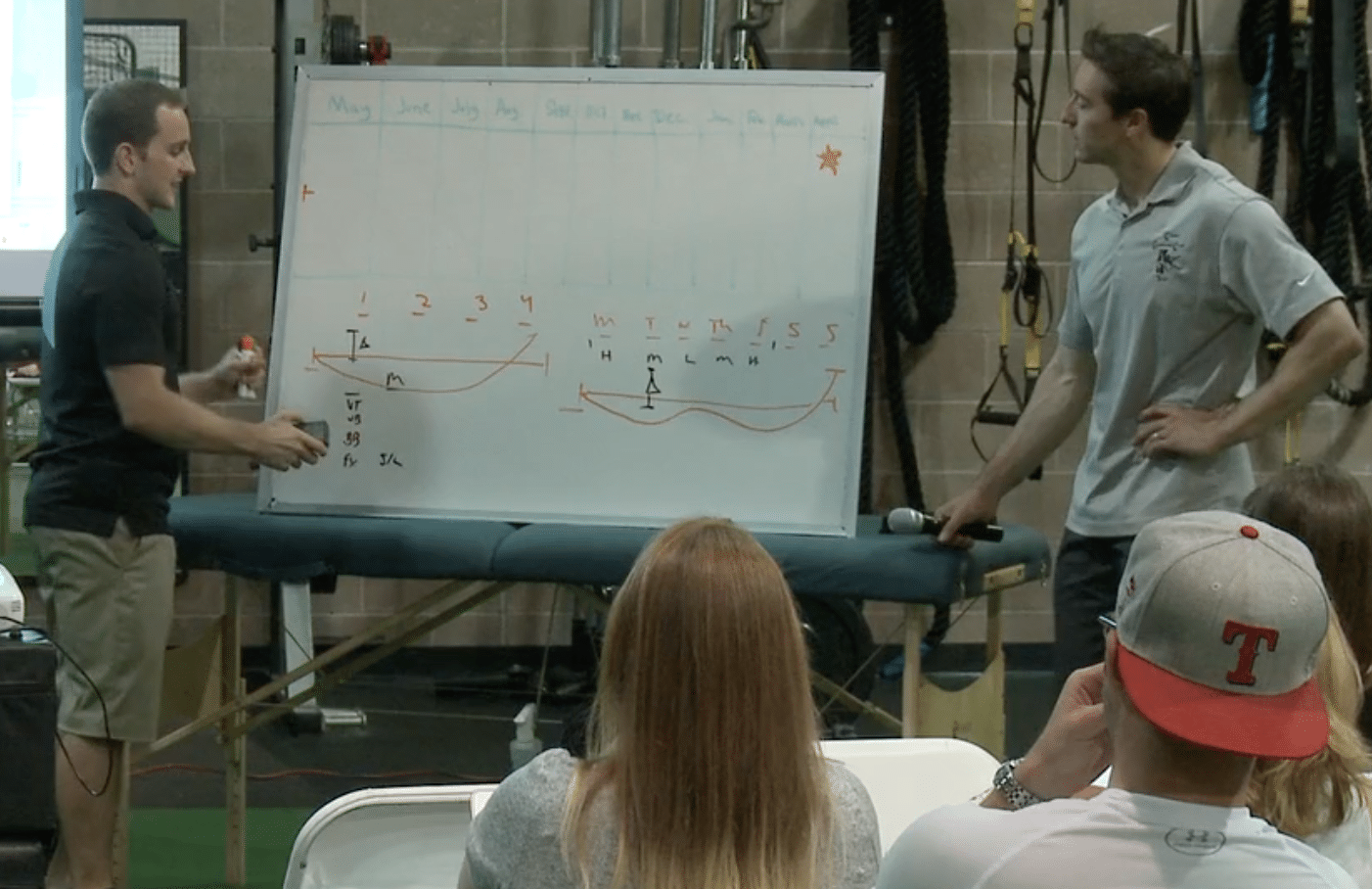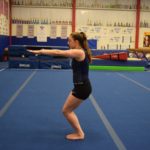Treat Strength Like Skill Training – A Change In The Gymnastics Strength and Conditioning Paradigm
Today I am happy to bring readers another fantastic guest post by Rupert Egan. Rupert wrote Part 1 of this article series a while back, and I’m excited he is back for Part 2. I think Rupert brings up some crucial points here that coaches and athletes can benefit from learning more to enhance their strength and conditioning programs.
Before you read more, you can get my free guide to everything on Gymnastics Strength and Conditioning principles here,

The Gymnastics Strength
and Power Guide
- Methods and exercises for increasing strength and power in gymnasts
- Explanations on why gymnasts should use both weight lifting and body weight strength
- Teaches concepts of planning, specific sets or reps, and planning for the competitive year
We take our privacy seriously and will never share your information. Click here to read our full privacy policy.

I think one of the biggest potential areas for growth for most gymnastics coaches is in the realm of strength and conditioning knowledge. Components of a comprehensive strength program, such as exercise selection, program design, periodization, and annual planning can initially seem like a daunting undertaking. However, I believe that a shift in the way coaches view the role of strength and conditioning within a gymnast’s overall training can make this topic much more approachable, with great benefit to the athletes. Namely, the idea of making training difficult, simply for the sake of being difficult needs to be abandoned. Not only is this not the most effective way to approach program design, it is can also potentially make training more likely to lead to an injury, either through increased fatigue or overtaxing the athlete’s ability to recover.
To be clear, the role of any supplemental strength and conditioning program is to make the athlete better at their sport. For gymnastics this means that we have to address both general strength development as well as the more specific aspects necessary for gymnastics skill progression. These components need to be managed in such a way that they drive favorable adaptations without detracting too much from the athlete’s ability to train. Here is where a fundamental shift in thinking can make a huge difference in the overall effectiveness of any strength and conditioning program without getting too bogged down in the details.
Simply put, strength training programs in gymnastics need to be approached with the same mindset as skill work. This means that each strength program needs to have specific regressions and progressions that are adaptable to the individual needs of each athlete as well as an overarching plan about the overall intent of the program. Making this fundamental change shifts the mindset of the coach to one based on the principle of increased performance. This paradigm shift also makes the coach accountable for HOW their athletes are performing strength exercises, rather than just throwing random movements at them and pushing the intensity before building a proper movement foundation. Strength movements should be coached the same way skill development is coached. I don’t know of any coach that would just let a gymnast attempt a complex skill without having them perform the proper progressions. Unfortunately, this is the approach I often see with respect to strength work. Letting gymnasts hammer away at movements they are not prepared for with no accountability regarding the quality of the movement is a recipe for injury.
An athlete that cannot do a correct push up needs to be regressed to a less challenging movement that targets the same strength area or system as the intended movement such as an elevated push up or a DB bench press. When a coach understands the principles and intent of strength training they can be adaptable and can individualize an athlete’s strength training to ensure that it is specifically targeting the types of adaptations that will most effectively improve their athlete’s gymnastics performance. Once this foundation is understood then a coach can add the complexity of periodization and annual planning to further increase the efficiency of their comprehensive gymnastics development program.
– Rupert J Egan MS, NASM-PES







